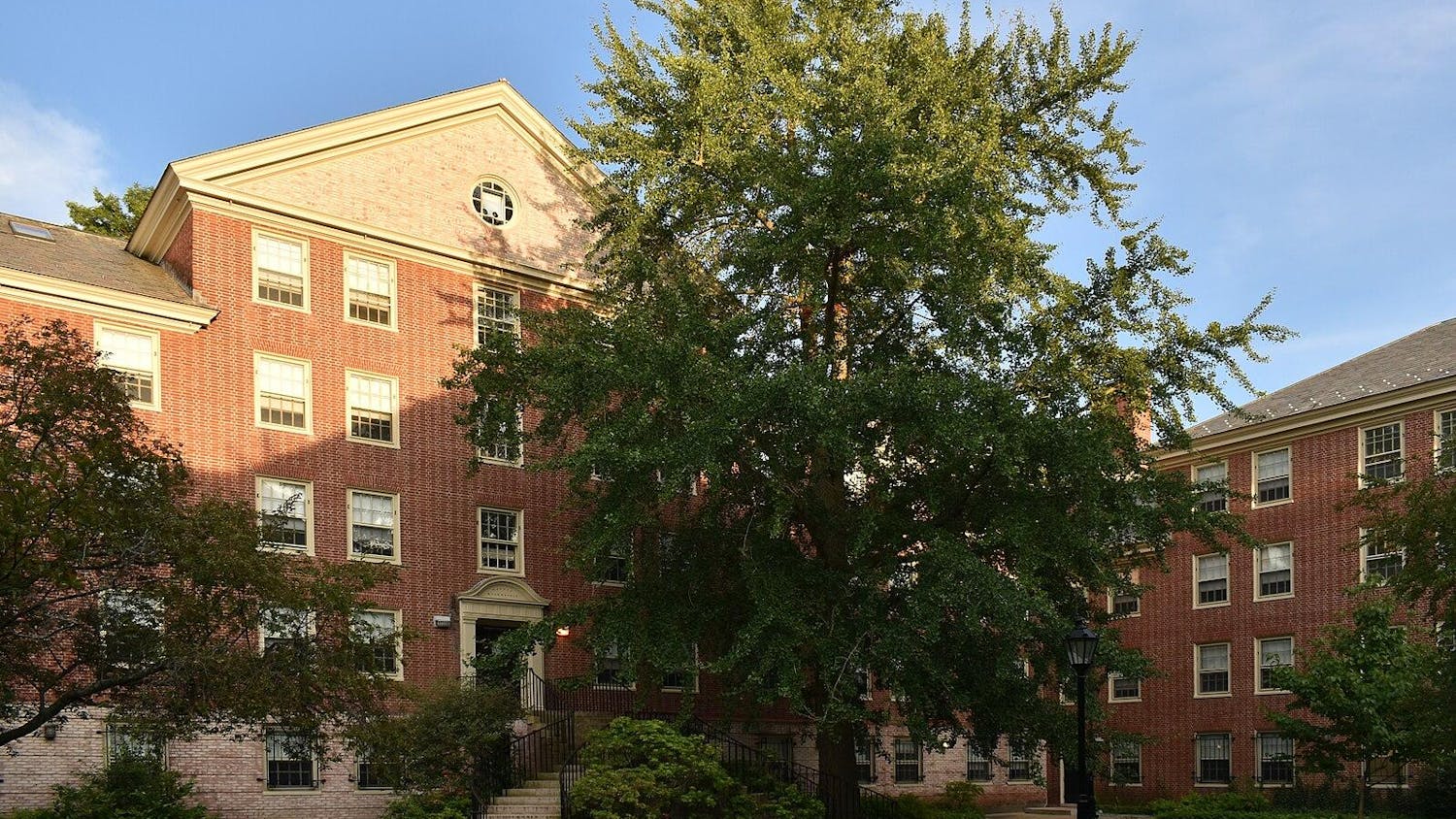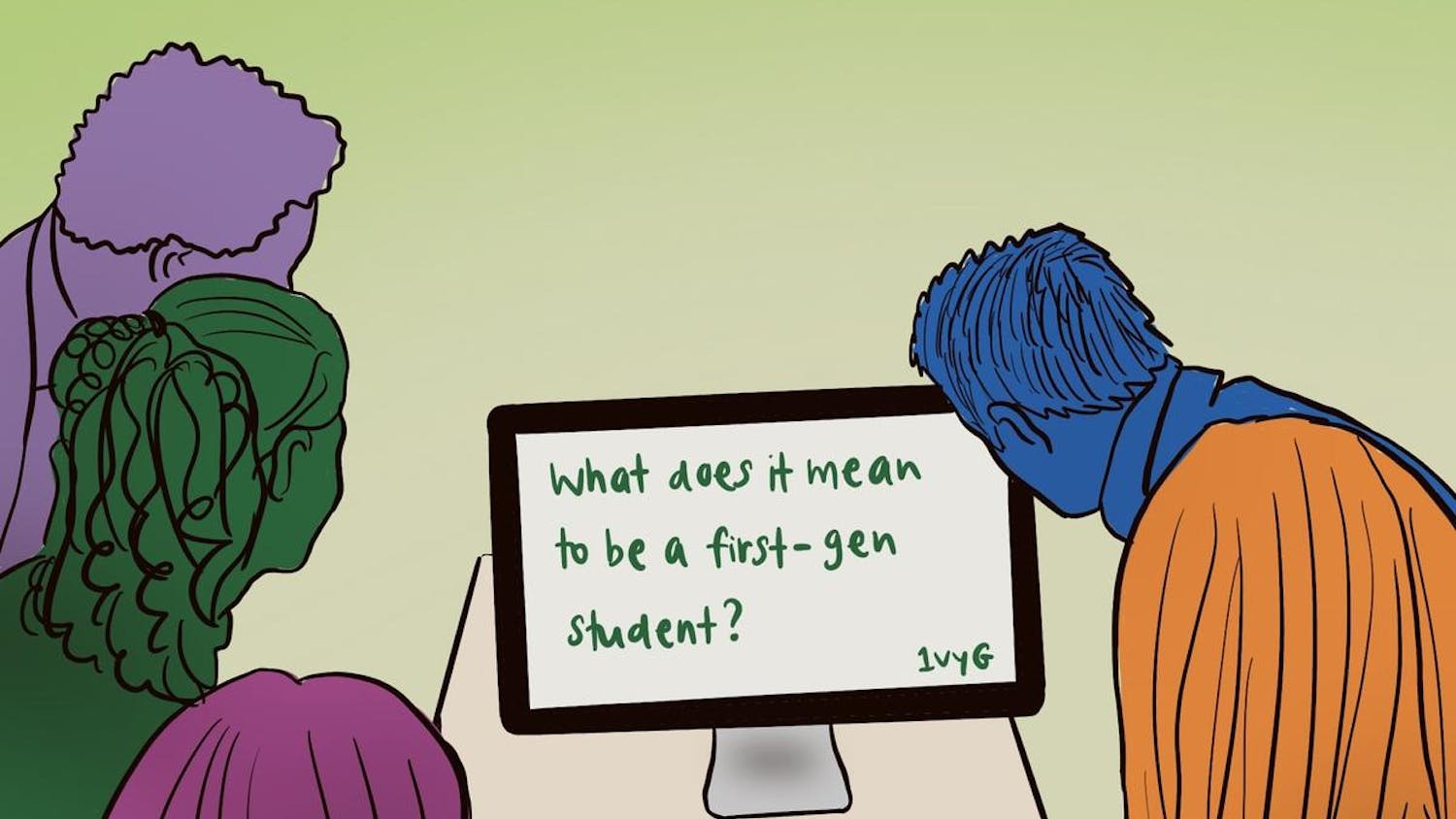In a significant uptick over the past two admission cycles, 42 students were admitted off the waitlist to the Brown class of 2018, Dean of Admission Jim Miller ’73 wrote in an email to The Herald.
Two students were admitted off the waitlist for the class of 2017, while the Admission Office did not take any students off the waitlist for the class of 2016, Miller wrote. But 62 students were admitted off the waitlist for the class of 2015, he added.
The rise in students admitted off the waitlist comes on the heels of an admission cycle in which the University recorded the lowest acceptance rate in its history at 8.6 percent. Students admitted off the waitlist are not included as part of the class’s officially reported acceptance rate.
“We didn’t approach the waitlist any differently this year, although we were particularly conscious of not overcrowding the first-year residence halls, so we were more conservative in the number of admission offers we made in our initial mailing in late March,” Miller wrote.
President Christina Paxson’s strategic plan, adopted last October by the Corporation, calls for a 1 percent annual increase in the size of the student body. But Miller wrote that the strategic plan’s growth strategy does not influence use of the waitlist, as the Admission Office accounts for the desired class size and expected yield when determining original admission decisions.
Steven Goodman, an admission strategist at the college consulting firm Top Colleges, said the number of students accepted off waitlists fluctuates from year to year, but “there’s been a dramatic jump in the number of students put on waitlists because it’s an insurance policy for colleges and universities.”
While being admitted off the waitlist “takes the sting out of not being accepted,” Goodman said, colleges should consider the psychological burden placed on affected students.
If a student who applies to college via an early decision program is subsequently deferred and then waitlisted, the admission cycle lasts from fall to the following summer, which makes it more difficult for students to find “closure” to the process, Goodman said.
“It’s hard to get excited about school number two if you’re on the waitlist for school number one,” he said.
Bev Taylor, founder and president of the Ivy Coach, a New York-based college consulting firm, said she has also seen an increase in the number of students waitlisted over the past five years, though there has not necessarily been a corresponding rise in acceptances off the waitlist.
While universities primarily admit students off waitlists when they face lower-than-expected yield rates from their original pools of admitted students, Taylor said the waitlist also may be used to lower the reported acceptance rate — a commonly used metric of an institution’s prestige — or to deal with highly qualified applicants who may not be as likely to commit to attending a college.
Brown’s yield has remained consistent over the past three years, with approximately 60 percent of admitted students accepting their offers of admission.
Taylor said she advises applicants placed on a waitlist that “doing nothing will never get you admitted.” Waitlisted students should send a “more detailed” version of the “Why Brown?” essay to their regional admission officer to show their continued interest in the school, she said.
ADVERTISEMENT




